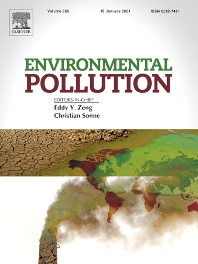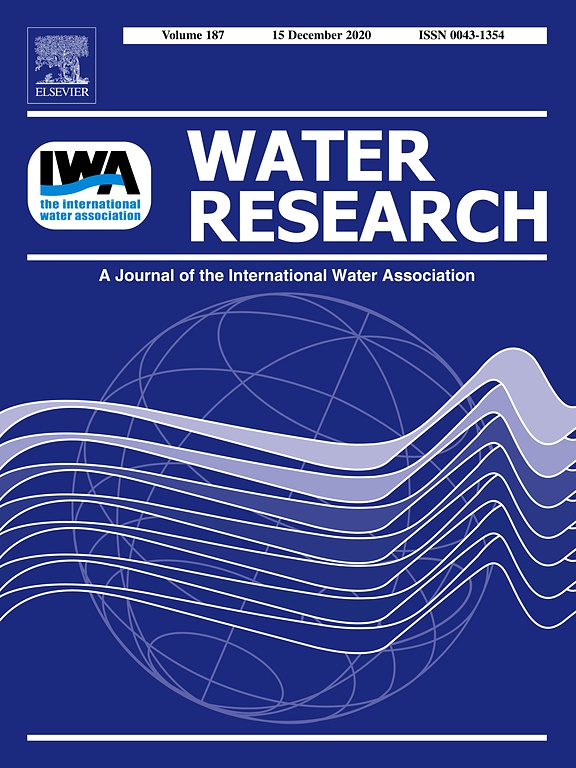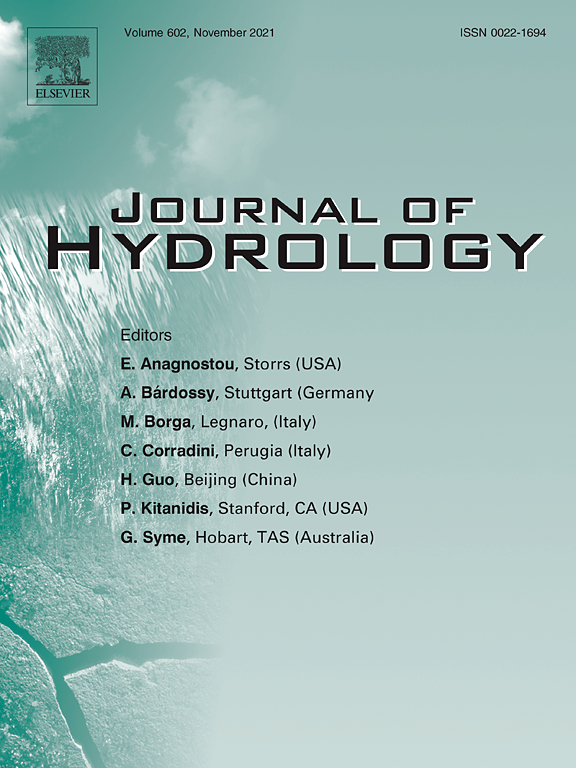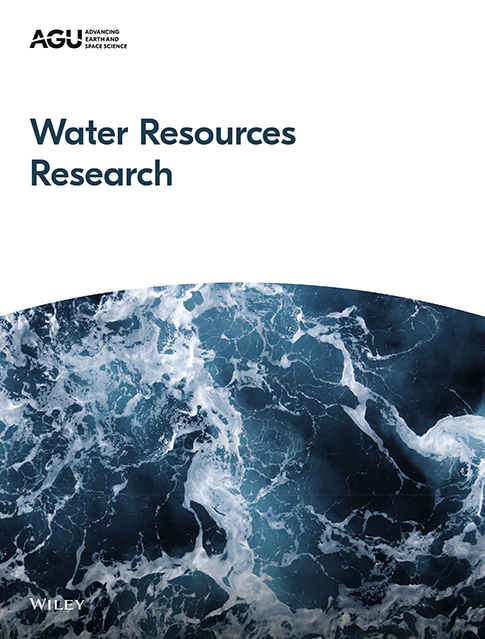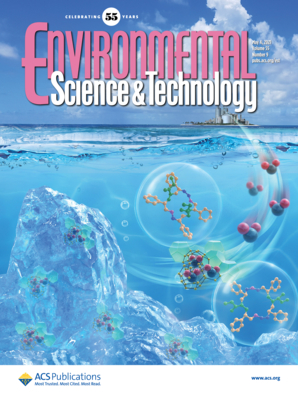- Department:(Dept. 1) Ecohydrology and Biogeochemistry
Widely used herbicide metolachlor can promote harmful bloom formation by stimulating cyanobacterial growth and driving detrimental effects on their chytrid parasites
The study investigated the effects of the herbicide metolachlor on host-parasite interactions, using the host-parasite system of the toxigenic cyanobacterium Planktothrix agardhii and its chytrid parasite Rhizophydium megarrhizum. Metolachlor promoted cyanobacteria growth and caused multi and transgenerational detrimental effects on parasite fitness. However, these effects are reversible.
Universal microbial reworking of dissolved organic matter along environmental gradients
To investigate how dissolved organic matter is degraded in soil and aquatic ecosystems by microorganisms, the authors analyzed its molecular diversity in relation to microbial communities and physicochemical conditions. Changes in DOM composition were consistent across different environments – as degradation progressed, DOM became dominated by universal, hard-to-break-down compounds.
Environmental DNA, hydrochemistry and stable water isotopes as integrative tracers of urban ecohydrology
The authors investigated the variability of planktonic bacteria and benthic diatoms coupled with insights from hydrochemistry and stable water isotopes across four urban streams in Berlin. DNA metabarcoding results shows substantial spatio-temporal variability across urban streams in terms of microbial diversity and richness, with clear links to abiotic factors and nutrient concentrations.
Developing a conceptual model of groundwater – Surface water interactions in a drought sensitive lowland catchment using multi-proxy data
Increasing droughts require a better understanding of connectivity and groundwater-surface water interactions. The authors used a multi-proxy approach of isotope tracers, groundwater data and geophysics to develop a conceptual model of landscape connectivity and groundwater recharge and assessed the effects of land use and catchment properties of groundwater systems sensitive to climate change.
Improving process-consistency of an ecohydrological model through inclusion of spatial patterns of satellite-derived land surface temperature
Since the simulation of evaporation and vegetation response to moisture deficits is subject to uncertainties, the authors assessed the benefits of integrating satellite-based land surface temperature data into ecohydrological modelling. They show that even few satellite images can reduce uncertainties of vegetation parameters and improve simulated spatial patterns of land surface temperature.
Integrating Tracers and Soft Data Into Multi-Criteria Calibration: Implications From Distributed Modeling in a Riparian Wetland
This study aimed to unravel the heterogenous spatio-temporal patterns of hydrological processes in a riparian wetland over 2 years. The work provided insights into ecohydrological wetland functioning, but also revealed potential equifinality in process-based models even with abundant data for calibration, and solutions based on the integration of water isotopes and soft data into modelling.
Mapping and monitoring peatland conditions from global to field scale
This paper reviews the current state of knowledge on mapping and monitoring peatlands from field sites to the globe and identifies areas where further research is needed. Simple peat characteristics such as degree of humification, dry bulk density or stoichiometry can be used as a proxy to estimate the carbon and nutrient fluxes in different degraded peatlands.
Combined Surface-Subsurface Stream Restoration Structures Can Optimize Hyporheic Attenuation of Stream Water Contaminants
A numerical model was used to evaluate engineered stream restoration structures and how to maximise their impact on hyporheic contaminant attenuation. Combined surface-subsurface structures were able to simultaneously increase hyporheic fluxes and transit times, providing conditions for contaminant attenuation that were many times more effective than surface or subsurface structures alone.
Time Series of Electrical Conductivity Fluctuations Give Insights Into Long-Term Solute Transport Dynamics of an Urban Stream
A solute transport model was applied to diurnal electrical conductivity fluctuations in a river to obtain long-term time series of transport metrics. The study showed that differences in transport metrics occur in adjacent river reaches and that mowing of macrophytes can increase the transient storage area.
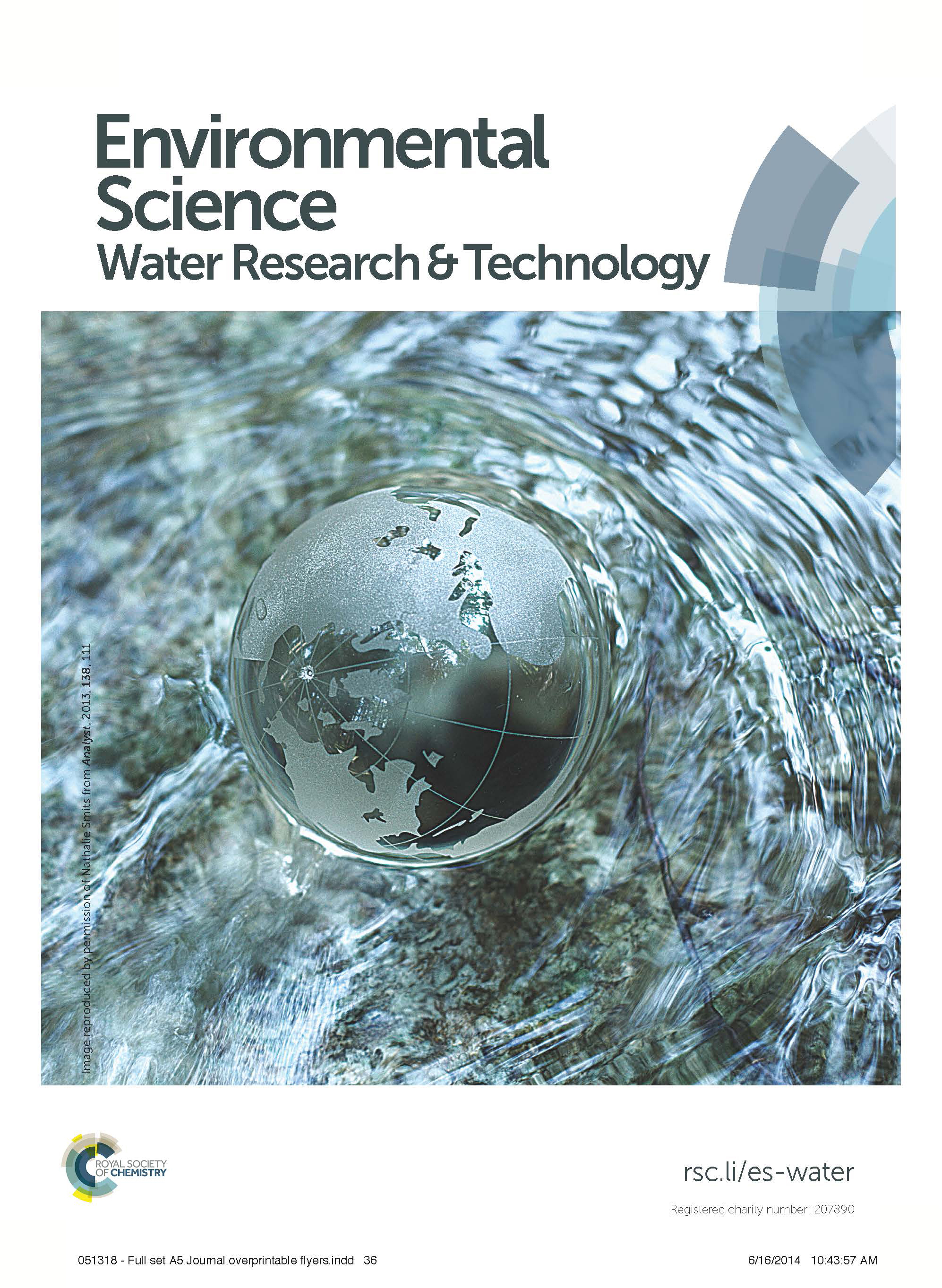
Urban stormwater capture for water supply: look out for persistent, mobile and toxic substances
Persistent, mobile and toxic (PMT) substances pose a threat to water supplies and aquatic ecosystems. This review article presents our current knowledge on PMT substances in urban stormwater and identifies future research needs for improved stormwater monitoring and management.


